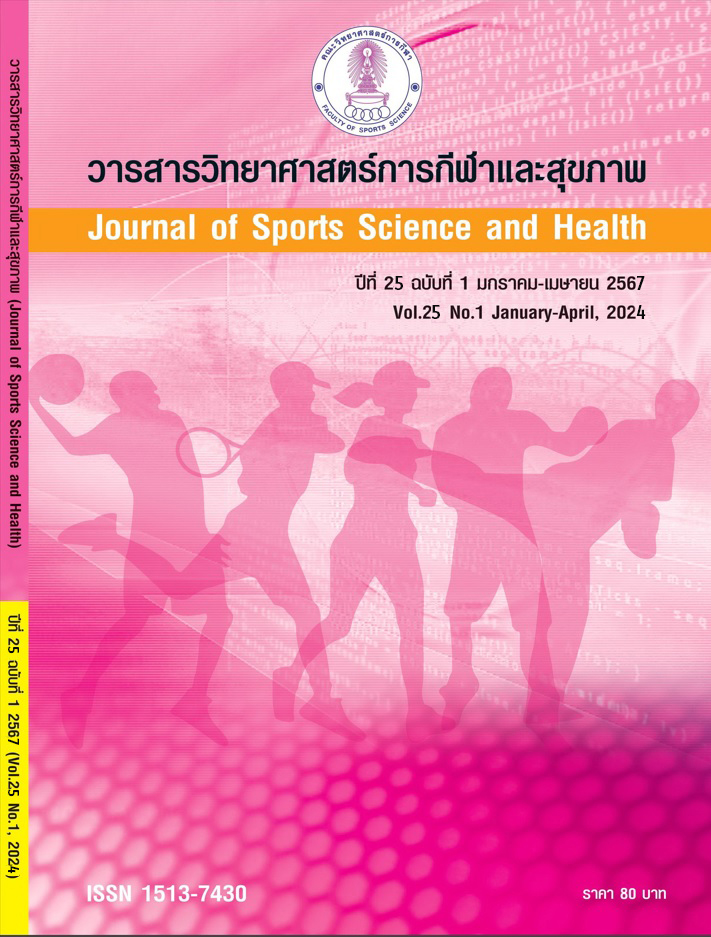CREATING OPTIMAL EQUESTRIAN TRANSPORTATION STRATEGY BY BALANCING BETWEEN HORSE WELFARES AND COSTS
Main Article Content
Abstract
Purpose
This paper developed a mathematical model to select the most appropriate mode of equestrian horse transportation which balanced between costs of transportation and horse welfare.
Methods
The study was divided into two stages. The first stage compared the stress level of transported horses using cortisol as well as heart rate, while the second stage developed a mathematical model that balanced between horse health and transportation cost. Six horses were recruited into this study. They were transported by different types of vehicles, i.e., air conditioning/non air conditioning and with/without space trucks and a trailer with/without space. The horses were transported for 5 hours with about 250 kilometers. Horses were transported once a week for three weeks. The cortisol level and heart rate were collected.
Results
The results showed that different mode of transportation resulted in different stressfulness in horses. A mathematical model was constructed to minimize transportation costs as well as penalty costs of poor horse welfare. The decision variables included the type of transportation vehicle and the number of horses transported into the transportation vehicle.
Conclusion
The model was easily implemented and well received by horse owners to select the most appropriate mode of transportation for their horses.
Article Details

This work is licensed under a Creative Commons Attribution-NonCommercial-NoDerivatives 4.0 International License.
References
Art, T., & Lekeux, P. (2005). Exercise-induced physiological adjustments to stressful conditions in sports horses. Livestock Production Science, 92(2), 101-111.
Friend, T. (2001). A review of recent research on the transportation of horses. Journal of Animal Science, 79(suppl_E), E32-E40.
Gupta A. & Lawsirirat, C. (2006). Strategically optimum maintenance of monitoring-enabled multi-component systems using continuous-time jump deterioration models. Journal of Quality in Maintenance Engineering, 12(3), 306-329.
Leadon, D., Waran, N., Herholz, C., & Klay, M. (2008). Veterinary management of horse transport. Veterinaria Italiana, 44(1), 149-163.
Stull, C., & Rodiek, A. (2000). Physiological responses of horses to 24 hours of transportation using a commercial van during summer conditions. Journal of Animal Science, 78(6), 1458-1466.
Waran, N., Leadon, D., & Friend, T. (2007). The effects of transportation on the welfare of horses. In The welfare of horses (pp. 125-150): Springer.
Wipper, A. (2000). The partnership: The Horse-rider relationship in eventing. Symbolic Interaction, 23(1), 47-70. https://doi.org/10.1525/si.2000.23.1.47


